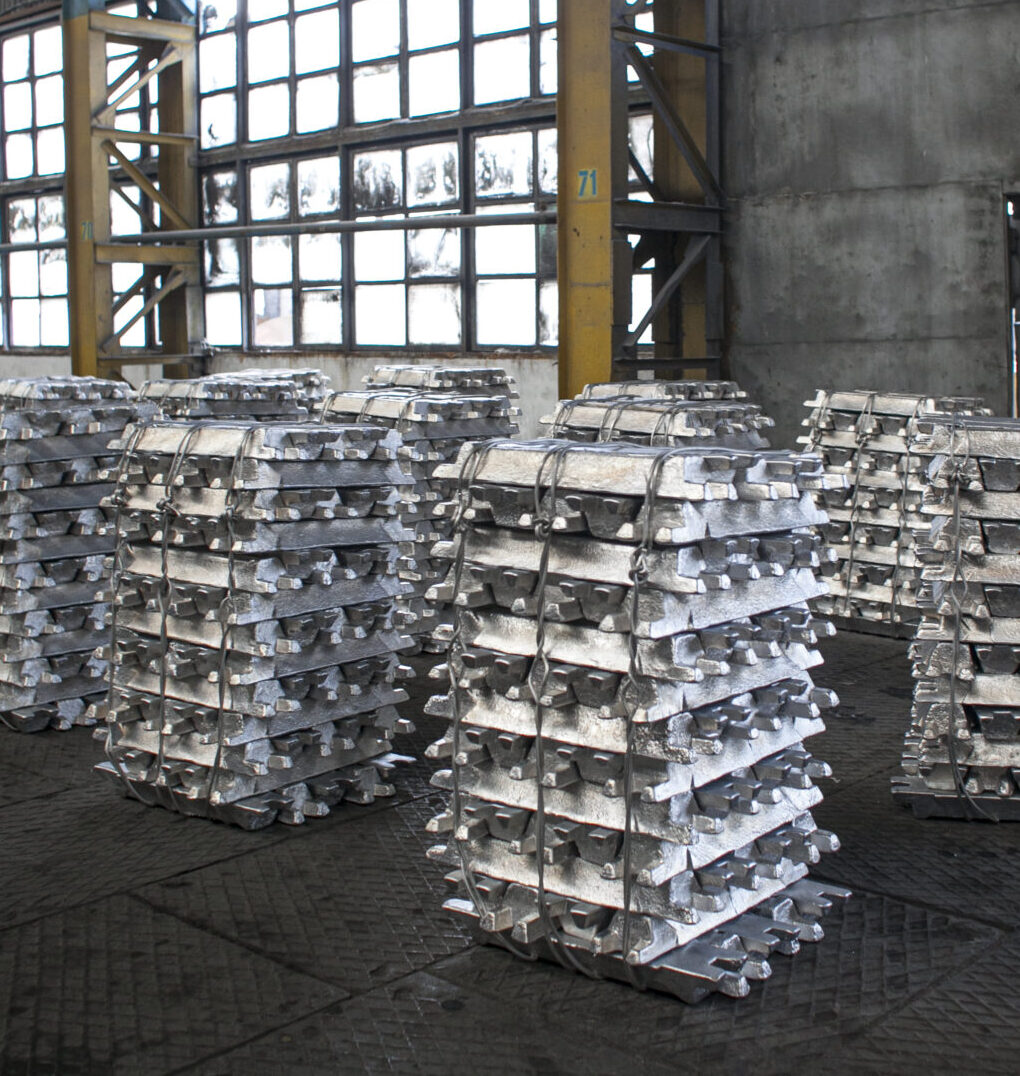
The Harvard Solar Geoengineering Research Program
The Harvard Solar Geoengineering Research Program (SGRP) aims to reduce uncertainties surrounding solar geoengineering; generate critical science, technology, and policy insights; and help inform the public debate surrounding this controversial idea. Recognizing that solar geoengineering could not be a replacement for reducing emissions or adapting to climate impacts, SGRP draws on Harvard’s research capabilities and global convening power to provide the knowledge necessary in considering solar geoengineering as a supplement to broader mitigation and adaptation efforts. SGRP supports a broad array of natural science, social science, and humanities research, both at Harvard and in collaboration with other academic, civil society, and government organizations and institutions.
Summary
The Harvard Solar Geoengineering Research Program (SGRP) aims to reduce uncertainties surrounding solar geoengineering; generate critical science, technology, and policy insights; and help inform the public debate surrounding this controversial idea. Recognizing that solar geoengineering could not be a replacement for reducing emissions or adapting to climate impacts, SGRP draws on Harvard’s research capabilities and global convening power to provide the knowledge necessary in considering solar geoengineering as a supplement to broader mitigation and adaptation efforts. SGRP supports a broad array of natural science, social science, and humanities research, both at Harvard and in collaboration with other academic, civil society, and government organizations and institutions.
Harvard has been engaged on the topic of solar geoengineering for decades:
- In 1965, Professor Roger Revelle was responsible for drafting the climate change section of the President’s Science Advisory Committee’s report to President Lyndon B. Johnson, Restoring the Quality of Our Environment, which discussed the role that solar geoengineering could play in offsetting the warming associated with climate change.
- In 1980, Professor Tom Schelling chaired a National Academy of Sciences committee whose report, Changing Climate, addressed the potential for solar geoengineering to counter global warming.
- In 1992, a National Academies report co-authored by several Harvard affiliates explored a vast portfolio of strategies for reducing climate change risks, including various solar geoengineering technologies.
- In 2009, former Harvard Professor David Keith served as a member of the UK Royal Society Working Group that produced the landmark report Geoengineering the Climate: Science, Governance, and Uncertainty.
The Harvard Solar Geoengineering Research Program (SGRP) was launched in April 2017. Since its establishment, SGRP has supported research resulting in the publication of dozens of peer-reviewed articles on the science and governance of solar geoengineering, as well as multiple non-technical publications (see ‘publications’ tab). SGRP hosts workshops, seminars, forums, and speakers covering solar geoengineering from a wide variety of natural science, social science, and humanities perspectives. SGRP provided funding and support to the Stratospheric Controlled Perturbation Experiment (SCoPEx), which ended in March 2024.
Past Research Affiliates
- Lassi Ahlvik
- Frederic Bonou
- Amy Brooke
- Lorna Burnell
- Ines Camilloni
- Liyi Chen
- Britta Clark
- Yuanchao Fan
- Tyler Felgenhauer
- Cody Floerchinger
- Timo Goeschl
- Matthias Honegger
- Heri Kuswanto
- Alex Laplaza
- Penehuro Fatu Lefale
- Woojin Lim
- Araceli Marcial
- Christine Merk
- Juan Moreno-Cruz
- Ermanno Napolitano
- Sandro Vattioni

Joseph Aldy

N. Michele Holbrook

Peter John Huybers

Daniel P. Schrag

Dustin Tingley

John Prandato

Joseph Aldy

Frank Doyle

Sheila Jasanoff

Frank Keutsch

Loretta Mickley

Lucas Stanczyk

Robert Stavins

Dustin Tingley

Richard Zeckhauser
Geoengineering refers to a set of emerging technologies that could manipulate the environment and partially offset some of the impacts of climate change. Solar geoengineering in particular could not be a replacement for reducing emissions (mitigation) or coping with a changing climate (adaptation); yet, it could supplement these efforts.
Geoengineering is conventionally split into two broad categories: The first is carbon geoengineering, often also called carbon dioxide removal (CDR). The other is solar geoengineering, often also called solar radiation managmenet (SRM), albedo modification, or sunlight reflection.
There are large differences:
Carbon geoengineering seeks to remove carbon dioxide from the atmosphere, which would address the root cause of climate change — the accumulation of carbon dioxide in the atmosphere. In the chain from emissions to concentrations to temperatures to impacts, it breaks the link from emissions to concentrations.
Solar geoengineering seeks to reflect a small fraction of sunlight back into space or increase the amount of solar radiation that escapes back into space to cool the planet. In contrast to carbon geoengineering, solar geoengineering does not address the root cause of climate change. It instead aims to break the link from concentrations to temperatures, thereby reducing some climate damages.
Solar Geoengineering
There are several proposed solar geoengineering technologies. These include marine cloud brightening, cirrus cloud thinning, space-based techniques, and stratospheric aerosol scattering, amongst others.
Marine cloud brightening would attempt to brighten marine clouds to reflect more sunlight back into space.
Cirrus cloud thinning would attempt to reduce the thin, high-altitude cirrus clouds to emit more long-wave radiation from the earth to space.
Space-based technologies would attempt to reflect a small fraction of sunlight away from the earth by positioning sun shields in space.
Lastly, stratospheric aerosol scattering would introduce tiny reflective particles, such as sulfate aerosols or perhaps calcium carbonate, into the upper atmosphere, where they could scatter a small fraction of sunlight back into space.
More information can be found on the Technology Factsheet: Solar Geoengineering from the Harvard Belfer Center and Center for Research on Computation and Society (CRCS).
Solar geoengineering benefits and risks
Climate models have consistently shown that solar geoengineering, when used in moderation and combined with emissions cuts, has the potential to reduce climate changes around the globe. For example, it could reduce climate impacts such as extreme temperatures, changes in water availability, and intensity of tropical storms.
However, any benefits come with novel risks and significant uncertainty. For example, while the latest science might show some benefits globally, local impacts could vary more widely. There are a lot of other scientific uncertainties that are not yet well understood, not least the enormous governance challenges.
Also, solar geoengineering (largely) does not address ocean acidification. Every year, the ocean absorbs about one-quarter of the carbon dioxide we emit into the atmosphere, changing the chemistry of the oceans and harming marine ecosystems. Given that solar geoengineering would not remove carbon dioxide from the atmosphere directly, but rather reflect sunlight back to space, it could do little to address this serious problem except via carbon cycle feedbacks, the process through which additional carbon is emitted into the atmosphere upon additional warming.
That said, solar geoengineering could reduce rising temperatures, offsetting many impacts on the oceans. For example, by reducing sea surface temperatures, it could reduce the risk of coral bleaching events and help to maintain conditions favorable for coral reefs (as the damage to coral reefs is largely caused by rising sea surface temperatures, followed by intensifying ocean acidification). Solar geoengineering could also reduce poleward shifts in species ranges, which has been posing serious risks to tropical fisheries. And it could lessen the amount of sea-ice loss, which could reduce the impacts on high-latitude ecosystems and climate, and help to limit changes in ocean circulation and glacier melt.
In any case, solar geoengineering could not be a substitute for cutting carbon dioxide pollution. It could only be a potential supplement.
Solar geoengineering research
Research could reduce uncertainty about the technology’s potential benefits and risks, but, for decades, research in solar geoengineering has been limited. This has been in part because of a fear that it could lesson efforts to cut emissions. There have also been concerns pertaining to its ethics, governance, and potential impacts to the climate system. Recently the U.S. National Academy of Sciences and major environmental groups such as the Environmental Defense Fund and the Natural Resources Defense Council have begun to support careful research. The U.S. also published the Climate Science Special Report, which discussed geoengineering and called for further research. The report was a key part of the Fourth National Climate Assessment, which the U.S. Global Change Research Program (USGCRP) oversaw.
Mail:
Harvard’s Solar Geoengineering Research Program
Harvard University Center for the Environment
26 Oxford Street
Cambridge, MA 02138
Email:
John Prandato
Program Director
jprandato@fas.harvard.edu
Harvard’s Solar Geoengineering Research Program is funded by the following foundations and individuals. All donations are philanthropic gifts.
J. Baker Foundation
The Blue Marble Fund
OW Caspersen Foundation
The Crows Nest Foundation
The William and Flora Hewlett Foundation
Constance C. and Linwood A. Lacy Jr. Foundation
The Open Philanthropy Project
Pritzker Innovation Fund
Reflective Earth
Ronin Private Investments LLC
The Alfred P. Sloan Foundation
The Tansy Foundation
Teza Technologies LLC
VoLo Foundation
The Weatherhead Center for International Affairs
Laura and John Arnold
G. Leonard Baker, Jr.
Alan Eustace
Rob Fergus
Howard Fischer
Ross Garon
Bill Gates
Jonathan Golderg
The Imperial Family
Drew Myers
John Rapaport
Chris and Crystal Sacca
Michael Smith
Andrew Stark
Bill Trenchard
Fundraising Policies
In addition to Harvard’s standard funding policies, SGRP follows two further policies:
- We do not accept anonymous donations.
- We do not accept donations from corporations, foundations, or individuals if the majority of their current profits or wealth come from the fossil fuel industry unless they can clearly demonstrate that they do not have a conflict of interest and present a strong track record of supporting efforts to address climate change.
We are concerned that fossil fuel companies or other interests will seek to exploit solar geoengineering as a pretext for delaying reductions in greenhouse gas emissions. We do not want donors who are (or could reasonably be construed as being) motivated to support solar geoengineering research to protect fossil fuel industries. For purposes of excluding such donors, we consider a rough weighting system as a guide. We rate the donor’s ties to fossil fuels on a 1 to 5 scale, where 1 has no connection with fossil fuels and 5 has nearly all of their current wealth and social connections tied to coal. Then, we rate the donor’s commitment to climate from 1 for a donor who has long devoted a majority of their time and resources to climate action to 5 for a donor who has no visible interest in climate. We then take the product of the two ratings, rejecting donors with a multiplicative combined rating that is larger than 10.
We would like to elaborate on this last point. We take issues of conflict of interest very seriously. And we take the “moral hazard” concern very seriously—the idea that research or even discussion on solar geoengineering could reduce incentives to mitigate. The world must reduce greenhouse emissions to zero, and remove carbon dioxide from the atmosphere, to address the root cause of climate change. Solar geoengineering does and will not change this fact.
We offer a few examples of our funding decisions:
- We would not accept funding from Exxon both because the company would benefit from prolonging the use of fossil fuels and because it has clearly undermined efforts to meaningfully address climate change. In other words, we would rate Exxon with a 5 x 5 = 25.
- We would accept funding from Tom Steyer or The Rockefeller foundation because they no longer would benefit from a delay in fossil fuel use even though their wealth was generated from investments in the fossil fuel industry (N.B. neither have donated to SGRP, this is illustrative.) Here, we would rate Rockefeller as 3 x 2 = 6.
start your Research Initiative
With the Salata Institute for Climate and Sustainability, Harvard University is mobilizing to meet the global climate challenge.









